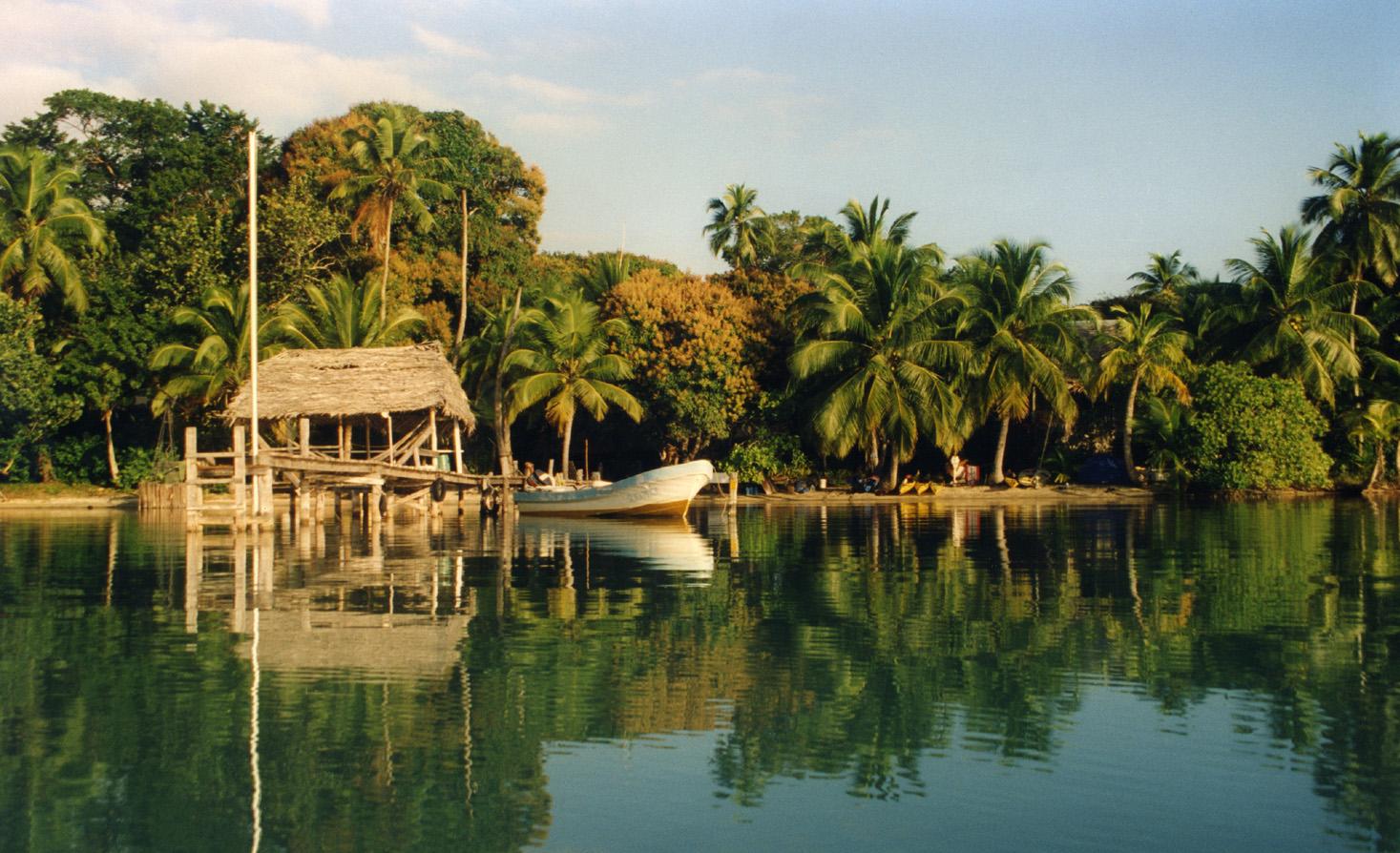Savoring the Odyssey of Coffee: Tracing the Bean's Path from Ethiopian Forests through the Roasting Process to Your Favorite Global Cafés
The story of coffee is an odyssey that spans continents, cultures, and centuries. It's a tale that begins in the wild forests of Ethiopia and culminates in the bustling cafés of cities around the globe. This journey is not just about a simple bean, but a cultural phenomenon that has shaped societies, fueled revolutions, and sparked innovation. As we embark on this journey together, we'll trace the path of the coffee bean from its natural habitat to the roasting process, and finally, to your favorite global cafés.
The exploration of coffee is much more than understanding a beverage; it's about appreciating the intricate processes, and the people involved in bringing this beloved drink to your morning cup. So, grab your coffee mug and settle in, as we begin our expedition into the fascinating world of coffee.
The Ethiopian Origins

The story of coffee begins in the lush, high-altitude forests of Ethiopia, where the Coffea Arabica plant grows wild. Legend has it that a goat herder named Kaldi noticed his goats acting unusually lively after consuming the red berries from a particular tree. Intrigued, Kaldi tried the berries himself and experienced the same energizing effect.
This discovery was shared with the local monastery, where monks used the berries to create a drink that helped them stay awake during long hours of prayer. Thus, the coffee we know and love was born. Today, Ethiopia remains one of the world's top coffee producers, with its unique varieties revered by coffee connoisseurs globally.
The Journey to Arabia and Beyond

From Ethiopia, coffee made its way across the Red Sea to the Arabian Peninsula. Here, in the 15th century, the beans were first roasted and brewed in a manner similar to the process we use today. The drink quickly gained popularity and became an essential part of Arabian culture.
By the 17th century, coffee had made its way to Europe, where it was initially met with suspicion but soon embraced. Coffee houses began to spring up across the continent, serving as hubs for intellectual discussion and social interaction. These cafés played a significant role in shaping modern European society and culture.
The Cultivation and Harvesting Process

Coffee cultivation is a labor-intensive process that begins with planting coffee seeds in large beds. Once the seedlings are mature, they are transplanted to fields where they grow into coffee trees. The trees begin to bear fruit, known as coffee cherries, after three to four years.
The harvesting process varies depending on the region and the type of coffee. Most coffee is harvested by hand, a painstaking process that ensures only the ripest cherries are picked. These cherries are then processed to extract the coffee beans, which are dried and sorted before they are ready for roasting.
The Art of Roasting

Roasting is where the magic happens, transforming green coffee beans into the aromatic, brown beans we recognize. The roasting process involves heating the beans at high temperatures until they reach an internal temperature that causes them to crack. The beans are then rapidly cooled to stop the process.
The length and temperature of roasting determine the flavor profile of the coffee. Light roasts are generally more acidic with subtle flavors, while dark roasts have a bolder, fuller body with less acidity. The roast level is a matter of personal preference and varies between different coffee cultures around the world.
The Global Café Culture

From Italian espresso bars to American coffee houses, each country has its unique café culture. In Italy, coffee is often enjoyed at the bar, standing up, with a swift shot of espresso. In contrast, American coffee culture revolves around large cups of filtered coffee, often enjoyed on the go.
In Australia and New Zealand, café culture is centered around the flat white, a coffee with a double shot of espresso and microfoam milk. Meanwhile, in Scandinavian countries, coffee is typically brewed light and enjoyed in large quantities throughout the day. These diverse café cultures reflect the global love for coffee and its integral role in our daily routines and social lives.
Coffee Innovations

The coffee industry is constantly evolving, with innovations shaping the way we grow, brew, and consume coffee. From the invention of the espresso machine in the early 20th century to the recent rise of cold brew and specialty coffee, the industry is always on the move.
Sustainability is another significant focus in coffee innovation. With climate change threatening coffee production, many companies are investing in sustainable farming practices and developing new coffee varieties that are more resistant to disease and climate variations.
The Future of Coffee

As we look to the future, the journey of coffee continues. With advances in technology and a growing emphasis on sustainability, the way we grow, roast, and enjoy coffee may change, but its place in our hearts and our culture remains steadfast.
Whether it's the ritual of brewing your morning cup, the comfort of a coffee break, or the joy of sharing a pot with friends, coffee is more than a drink. It's a global phenomenon that connects us all. As we savor the last sip of our coffee, we can appreciate the remarkable journey it has taken from the Ethiopian forests to our cup.








